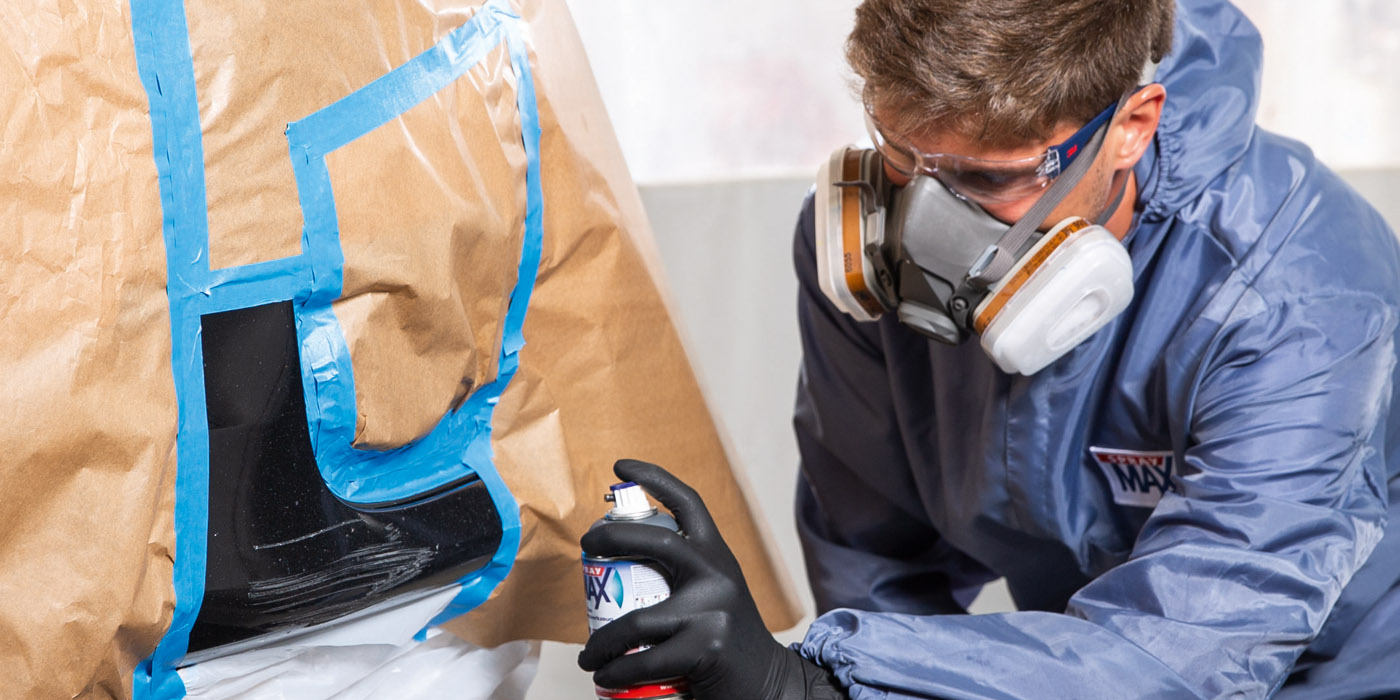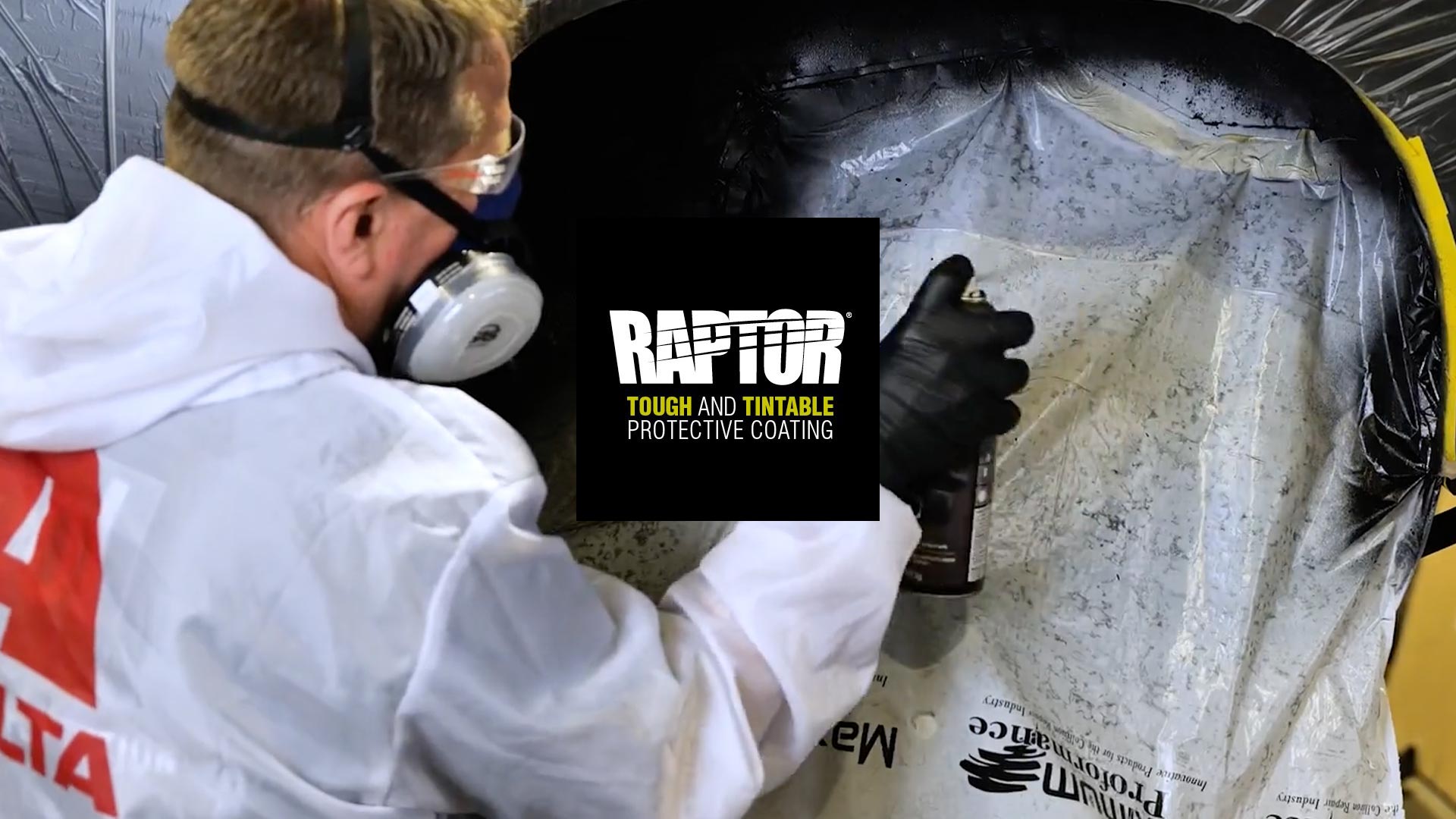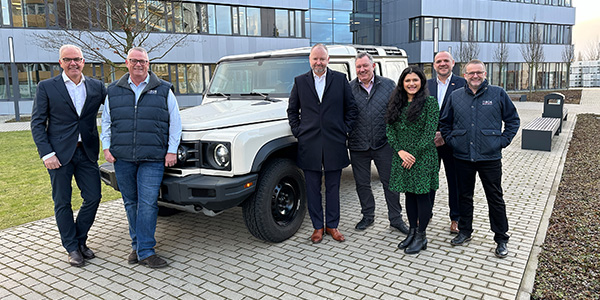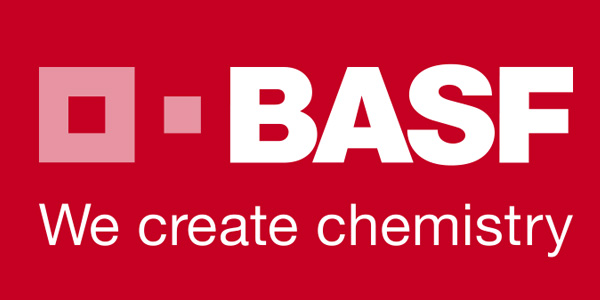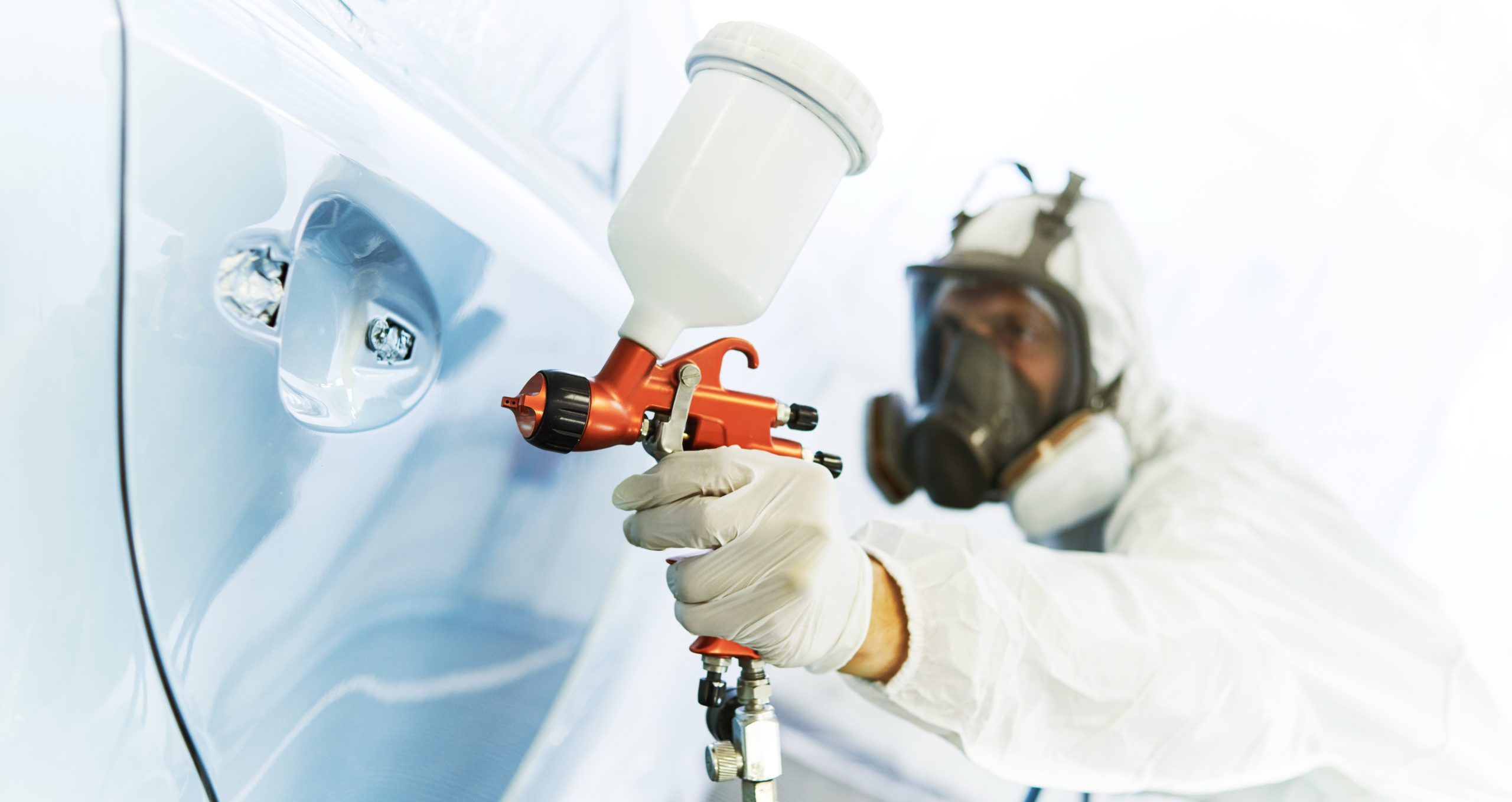In the collision repair industry, it is not uncommon to run into challenges. Whether it’s in the damage analysis process, straightening of a vehicle or proper fitting of a panel, there will come a time when things just do not go as planned. Many of these challenges are easy to overcome due to the limited number of reasons they occur. However, the same cannot necessarily be said for challenges that arise in refinishing.
A Complex Process
The refinishing process is complex, and if that is not enough, it often relies on previously performed work and repairs to be successful. When all goes right, not too much thought is given to refinishing. However, when it goes wrong, there is much speculation as to why.
In order to overcome refinishing challenges, one must first understand the issues encountered. It would be difficult to list all of the variables in refinishing that may challenge a painter, but some common ones are:
- Finish color and texture matching
- Finish contamination and defects
- Booth time and bottlenecks
Finish Color and Texture Matching
The finish color and texture are two areas that are most likely going to be scrutinized, not only in the quality control inspection but by the owner as well. Although not every customer has an eye for color as much as a refinisher does, don’t be fooled into thinking they won’t notice a slight mismatch. Even if they don’t, eventually someone will point it out to them. Once they see it, they cannot “un-see” it. To a lesser degree, the texture of the finish falls under the same scrutiny as color match.
Achieving color match is challenging, especially with three- and four-stage colors becoming more common. To help ensure proper color match, like most things, it is best to make sure the basics are covered. Often overlooked are the toners themselves. It’s important to make sure the toners are stirred sufficiently before mixing a color.
When all goes right, not too much thought is given to refinishing. However, when it goes wrong, there is much speculation as to why.
If you follow a formula perfectly but the toners were not stirred and metallics or pearls were settled at the bottom, a proper color match is not going to happen. Worse yet, once toners are used without proper mixing, the rest of the can will be “off” and, to some degree, this will affect all other colors mixed using those toners.
Even with the perfect mix and properly stirred toners, the challenge of color match is not over. Things like gun settings, painter technique, temperature and humidity can all alter the look of the color on the vehicle. Performing a spray-out using the same gun settings, distance and speed that will be used when painting the vehicle will help ensure that the result on the spray-out will match the result on the vehicle.
Another basic item that’s often overlooked is the surface being refinished. The color of the undercoat can affect the color match. For example, light colors over dark undercoats may require more coats to reach full coverage. Even when you’re certain you have applied enough coats, the dark undercoat may affect the final color. Tinted or value-adjusted undercoats are two ways to minimize this risk.
Using the correct reducers and hardeners is important. Follow the paint supplier’s data sheets regarding what products should be used in what temperatures. Basecoat that stays wet too long or is dry-sprayed will affect the color. Clears that harden too fast won’t flow as much and may result in too much texture.
On the subject of clearcoat flow, painters love to try to lay clearcoat down like glass, often pushing that line between flat and running the paint. This is especially tempting on black. The reality is, most OEM finishes are far from flat. Virtually all of them have a certain amount of texture to them. The knowledge of how clean the finish typically is coming out of the booth, the experience of knowing that at times you’ll need to make the texture a little rougher to compensate for sand and polish (thereby removing some of that texture), and the technique to make it happen is essential. Achieving a texture match comes down to this knowledge, experience and technique.
Finish Contamination and Defects
Defects in the paint are another challenge painters face. Sometimes it may seem like the whole world is against you when it comes to getting a clean finish, and it actually is. The world around us is full of all kinds of debris. It gets carried in the air and it takes a lot of care and consideration to ensure a refinish job comes out clean. So how do you overcome this seemingly insurmountable challenge? The first step is understanding where the contamination comes from.
Some of the main sources include:
- Vehicle
- Painter
- Equipment
- Booth
Think of all that the average vehicle drives through and is exposed to. Now, think about the air circulation in the booth and add to that the dust, dirt and other shop debris that is on the vehicle. While completely eliminating all debris from the refinishing environment may not be possible, having a clean vehicle and booth is essential for minimizing debris in the finish.
Like the vehicle, the painter is in the midst of all the same shop debris. It’s important that, like the vehicle, the painter is clean as well. Paint suits are made of material that does not hold particles like jeans and a T-shirt do. If you don’t wear a paint suit, you should.
Although not every customer has an eye for color as much as a painter has, don’t be fooled into thinking they won’t notice a slight mismatch.
Whether it’s the compressor, hose or gun, all of these can ruin an otherwise great finish. A good filtration system for the compressor is imperative. Air hoses get dragged on the floor then held over a hood or roof, so wiping them down with a tack cloth is a good practice. Gun maintenance is crucial. Improper cleaning can result in many undesirable conditions that will affect paint gun performance. For example, dried paint in the gun can dislodge and end up in the finish. Proper cleaning and regular rebuilds are necessary. Spray guns are the moneymakers, so make them work for you, not against you.
Proper booth maintenance and cleaning is a must. Clean intake and exhaust filters help maintain proper booth pressure and air circulation. Proper circulation is also essential for removing excess overspray. In addition, bad seals around doors can actually allow dirt from the shop to get into the booth and on the finish.
Dirt nibs are not the only contamination challenge painters face. Fisheyes are a problem that can be difficult to pinpoint. This is particularly frustrating if the problem is sporadic. Fisheyes are caused by a foreign substance getting onto the undercoat that does not allow the paint to adhere. This will cause small round voids in the paint that resemble the eye of a fish. Oil, grease and silicone are some of the main culprits, but there can be a variety of causes. Good cleaning of the vehicle and proper use of wax and grease remover prior to painting will usually substantially reduce the risk of fisheyes. Proper compressor tank draining and good air compressor filtration is also essential to keeping oil from contaminating the air and causing fisheyes.
Booth Time and Bottlenecks
It often seems that the refinishing process is where the workflow of the shop comes to a screeching halt. The booth seems to be the bottleneck of the entire operation. In some cases, this is in fact what happens; other times, it just seems that way.
Refinishing is a time-consuming process and is not to be rushed. However, overcoming the challenge to keep vehicles moving in and out of the booth at a steady pace comes down to a little bit of planning. Although it can be difficult to predict when a vehicle will be ready for the booth, some foresight and communication can help you get a good feel for what’s coming and when. Once you have a good understanding of your work-in-process (WIP), it’s time to build a plan for your paint shop and the use of the booth.
Sometimes it may seem like the whole world is against you when it comes to getting a clean finish, and it actually is.
Let’s say you have several vehicles that need varying degrees of refinish work and are arriving in the paint shop today. How do you decide which to paint first? To answer this question, you’ll need to consider many factors such as:
- Are there opportunities to paint panels for one repair along with another vehicle in the booth?
- Are there parts that need to be pushed to the front of the line to be refinished or edged so the repair process can continue?
The key is understanding the number of booth cycles you have available to you in a business day and building an efficient plan to maximize every one.
Summary
Refinishing challenges are inevitable, but implementing solid standard operating procedures, ensuring that tools and equipment are properly maintained, and building a daily production plan for your refinish department will help make overcoming them possible – and also help ensure a complete, safe and quality repair.










